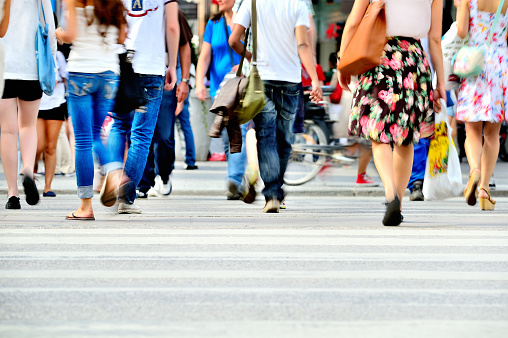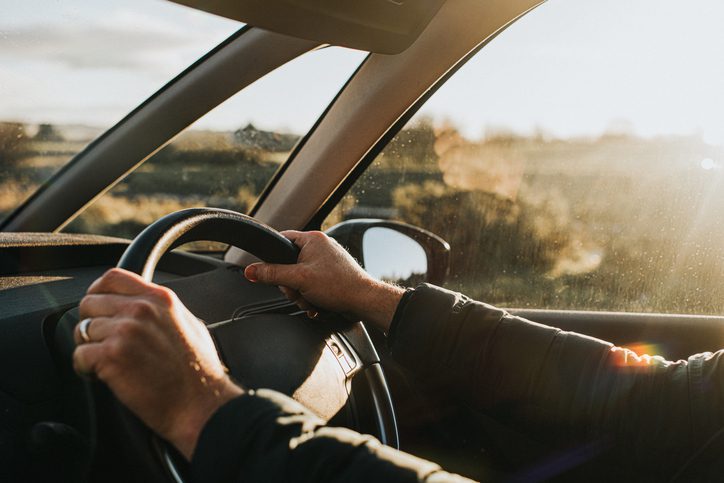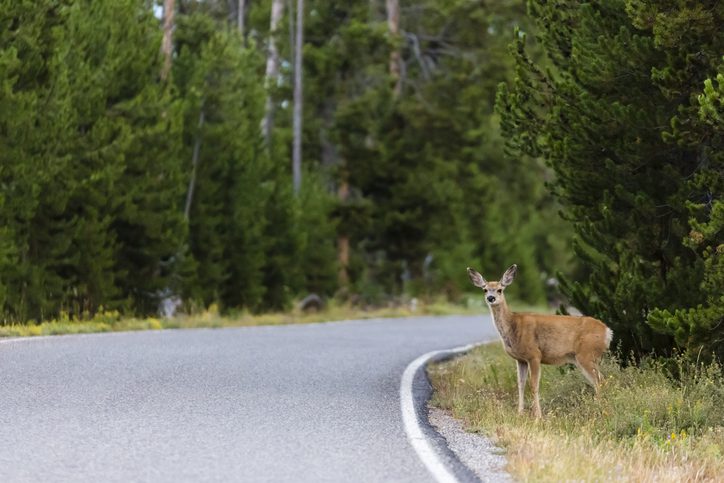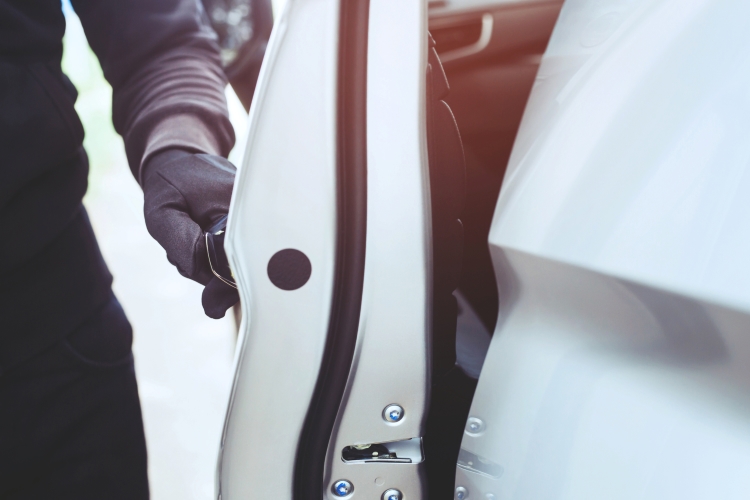Generally, we don’t think of walking as a hazardous activity, but pedestrians are vulnerable any time foot traffic and vehicular traffic mix. Nothing underscores this point more than the fact that pedestrian fatalities have been on the rise, year after year, according to the National Highway Traffic Safety Administration (NHTSA).
In this guide, we’ve outlined the key things that cause pedestrian accidents, what factors make some areas more dangerous than others and how to stay safe, whether you’re behind the wheel or on foot.
Factors Contributing to Car vs. Pedestrian Accidents
Improved Economy, Lower Gas Prices. These two factors have led to an increase in the number of drivers on the road, and more drivers mean more accidents.
Marginal Drivers. Lower gas prices have boosted the number of “marginal” drivers—such as teenagers—on the road. These drivers are more likely to have car accidents.
Repeal of the National Maximum Speed Law. Since this law was repealed in the 1990s, traffic fatalities overall have risen.
Cell Phone Usage. Distracted driving is the cause of many accidents and pedestrians who are looking at their cell phones may be less aware of their surroundings and the danger of passing cars.
What Makes Some States More Dangerous?
Nationally, the number of pedestrian deaths is increasing, but there are a handful of states driving that increase, whereas others are avoiding the surge in pedestrian deaths altogether. What are the underlying factors behind this trend?
Climate
The states with the most pedestrian fatalities have mild or warm climates, which means that there are more opportunities to spend time outside. If there are more people outside, then there are more chances for these people to be involved in an accident. On the other hand, the safer states experience long, cold winters, which means that there are fewer pedestrians outside—at least for that part of the year.
Night Life
The NHTSA found that 26% of pedestrians killed in traffic accidents occurred between the hours of 6 and 8:59 p.m., and 23% from 9 to 11:59 p.m. This helps explain the relatively high danger to pedestrians in states like New Mexico, Florida and South Carolina. Each of these states has urban areas known for their night life. Visitors and locals in those states are more likely to be out after dark—either as pedestrians or behind the wheel. When more people are out at night and potentially partaking in activities that involve alcohol, a tragic car accident is more likely to occur.
Population Density
The NHTSA also found that the pedestrian fatalities in major cities were generally higher. In urban areas compared to rural areas, more people are likely to be walking to their destinations, resulting in more opportunities for pedestrian/vehicular accidents. Safer states typically have fewer large cities and a lower population density than more dangerous states. To illustrate this point: the number of pedestrian fatalities was highest in New York City.
State Laws
Although every state requires motorists to either yield to or stop for pedestrians, these laws are not created equal in terms of mandating behavior that is safest for pedestrians. For instance, most states do not require drivers to stop at crosswalks that do not have traffic control devices. They only require drivers to yield to pedestrians in those crosswalks. In addition, most states only require stopping for or yielding to pedestrians if they are in certain parts of the roadway in relation to the motorist.
Minnesota has the most stringent law. It requires motorists to stop for (not yield to) pedestrians in any portion of the roadway.
What Pedestrians Can Do to Stay Safe
Pedestrians should adopt safe habits. In particular:
- Walk on the sidewalk if one is available.
- If no sidewalk is available, walk against traffic (on the side of the road facing oncoming traffic).
- Cross at intersections.
- Never assume a driver has seen you. Attempt to make eye contact with the driver as they approach to ensure that they do.
- Avoid distractions from your phone or other personal devices, especially if you are walking on the shoulder.
- Wear reflective clothing or patches when walking at night.
What Drivers Can Do to Keep Pedestrians Safe
Drivers bear the brunt of the responsibility for keeping pedestrians safe. In addition to general safe driving practices, here is what you can do.
- Remember that pedestrians can be anywhere, so always be on the alert for them.
- Never pass a car stopped at a crosswalk. Even if you can’t see a pedestrian, the car may be waiting for one to cross.
- Reduce your speed in poor weather. Inclement weather can decrease visibility and make breaking more difficult.
- Respect neighborhood speed limits and give residential streets your full focus as children are likely to be playing in the area.
- Be especially cautious at dusk or when it is dark.
- Be extra vigilant when driving on streets with large crowds.
Getting Where You Need to Go, Safely
Both pedestrians and drivers deserve a safe space on our streets. This means that pedestrians should remain vigilant and take commonsense precautions and drivers should recognize their responsibility whenever they get behind the wheel of a two-ton vehicle. Having respect for the power and the potential danger a car poses can go a long way in keeping everyone safe.







Thanks, I have recently been hunting for facts about this topic for ages and yours is the best I have located so far.